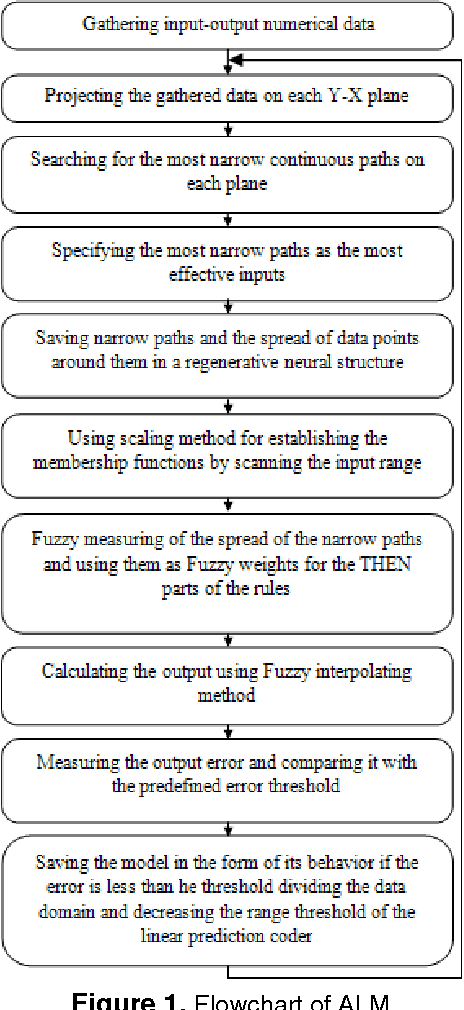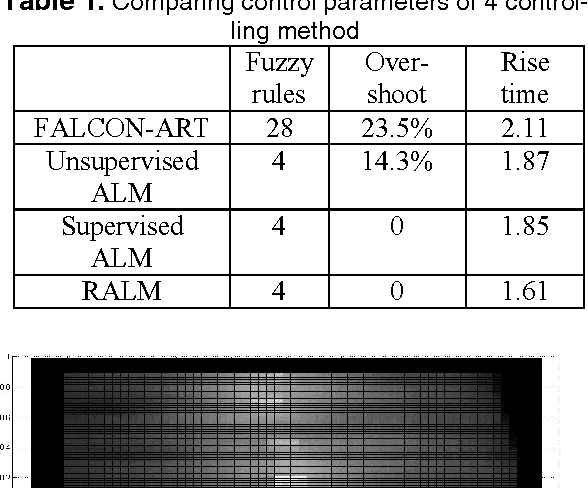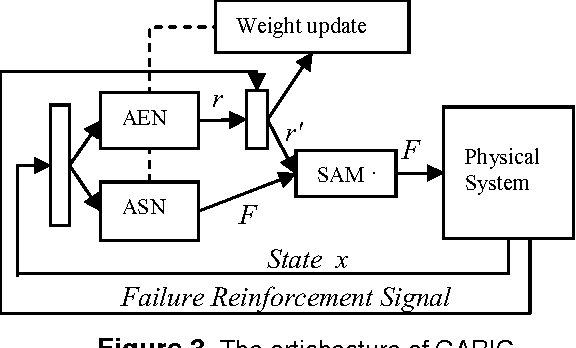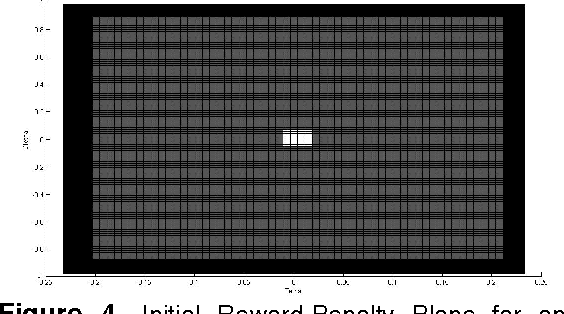Hesam Sagha
Speech-Based Depressive Mood Detection in the Presence of Multiple Sclerosis: A Cross-Corpus and Cross-Lingual Study
Aug 25, 2025Abstract:Depression commonly co-occurs with neurodegenerative disorders like Multiple Sclerosis (MS), yet the potential of speech-based Artificial Intelligence for detecting depression in such contexts remains unexplored. This study examines the transferability of speech-based depression detection methods to people with MS (pwMS) through cross-corpus and cross-lingual analysis using English data from the general population and German data from pwMS. Our approach implements supervised machine learning models using: 1) conventional speech and language features commonly used in the field, 2) emotional dimensions derived from a Speech Emotion Recognition (SER) model, and 3) exploratory speech feature analysis. Despite limited data, our models detect depressive mood in pwMS with moderate generalisability, achieving a 66% Unweighted Average Recall (UAR) on a binary task. Feature selection further improved performance, boosting UAR to 74%. Our findings also highlight the relevant role emotional changes have as an indicator of depressive mood in both the general population and within PwMS. This study provides an initial exploration into generalising speech-based depression detection, even in the presence of co-occurring conditions, such as neurodegenerative diseases.
audEERING's approach to the One-Minute-Gradual Emotion Challenge
May 03, 2018Abstract:This paper describes audEERING's submissions as well as additional evaluations for the One-Minute-Gradual (OMG) emotion recognition challenge. We provide the results for audio and video processing on subject (in)dependent evaluations. On the provided Development set, we achieved 0.343 Concordance Correlation Coefficient (CCC) for arousal (from audio) and .401 for valence (from video).
Reinforcement Learning Based on Active Learning Method
Nov 07, 2010



Abstract:In this paper, a new reinforcement learning approach is proposed which is based on a powerful concept named Active Learning Method (ALM) in modeling. ALM expresses any multi-input-single-output system as a fuzzy combination of some single-input-singleoutput systems. The proposed method is an actor-critic system similar to Generalized Approximate Reasoning based Intelligent Control (GARIC) structure to adapt the ALM by delayed reinforcement signals. Our system uses Temporal Difference (TD) learning to model the behavior of useful actions of a control system. The goodness of an action is modeled on Reward- Penalty-Plane. IDS planes will be updated according to this plane. It is shown that the system can learn with a predefined fuzzy system or without it (through random actions).
 Add to Chrome
Add to Chrome Add to Firefox
Add to Firefox Add to Edge
Add to Edge